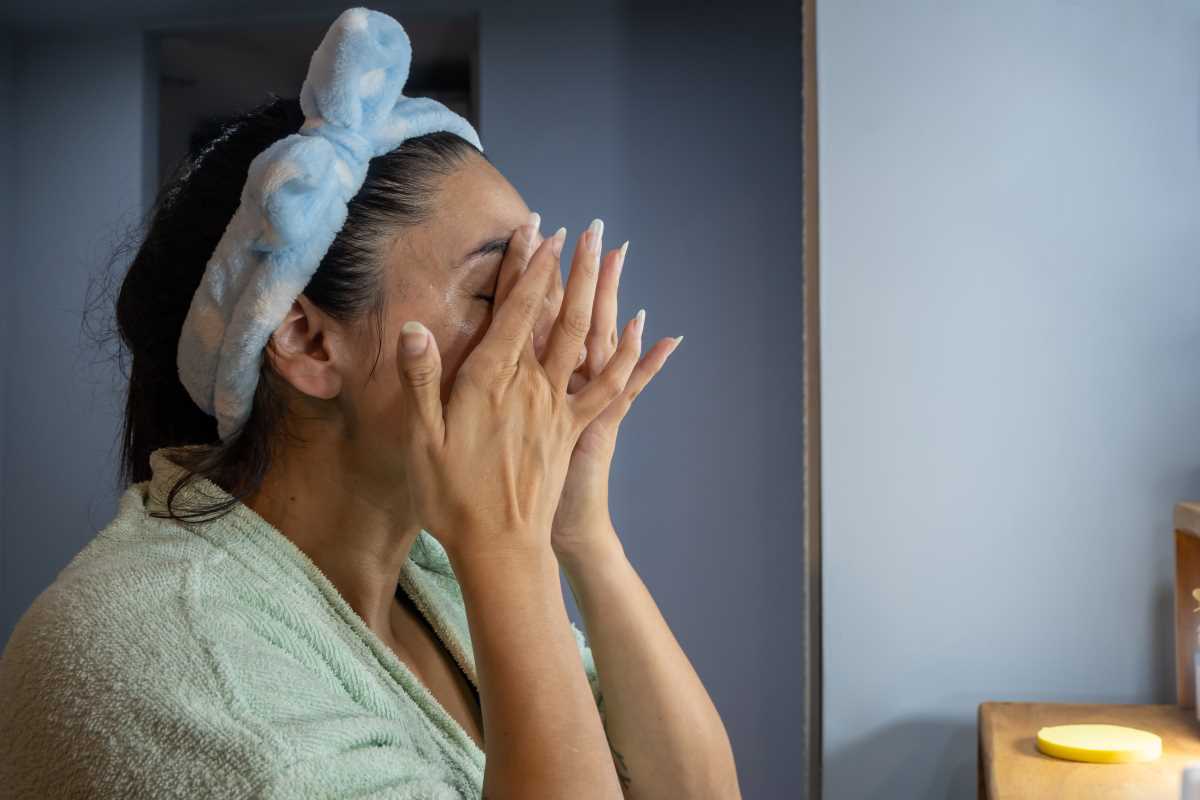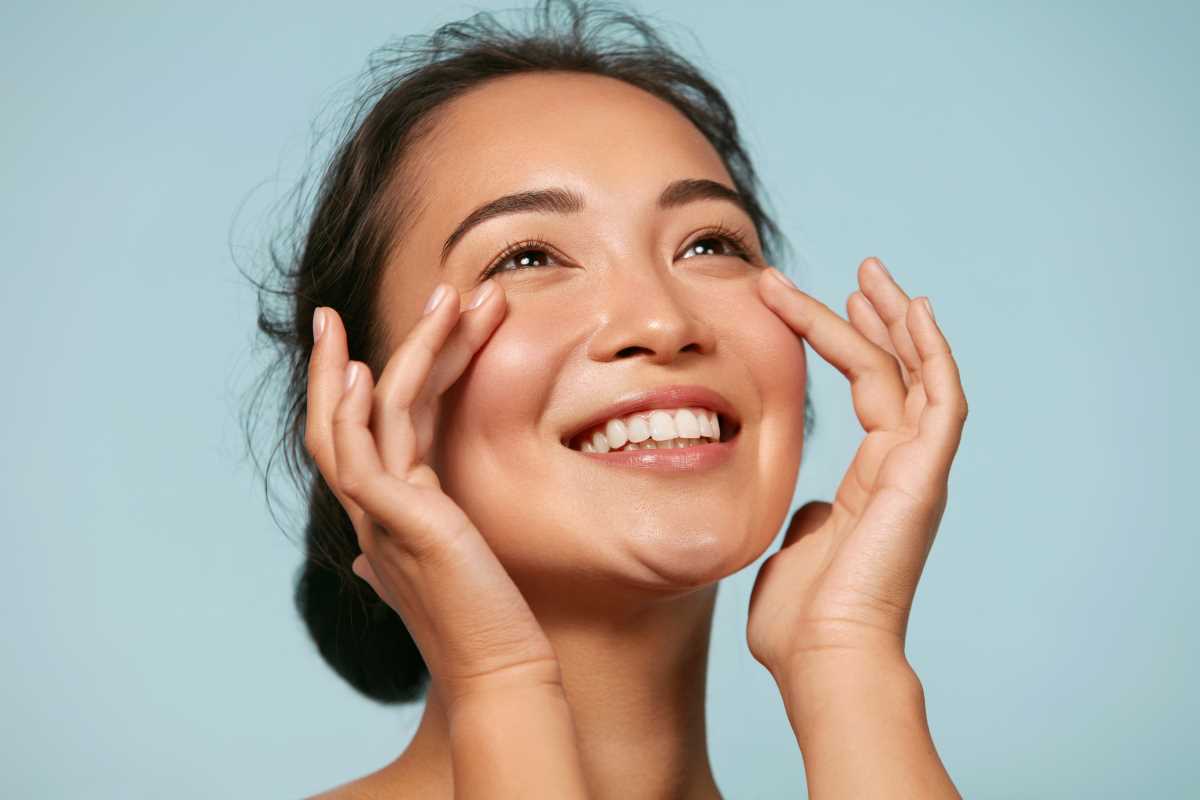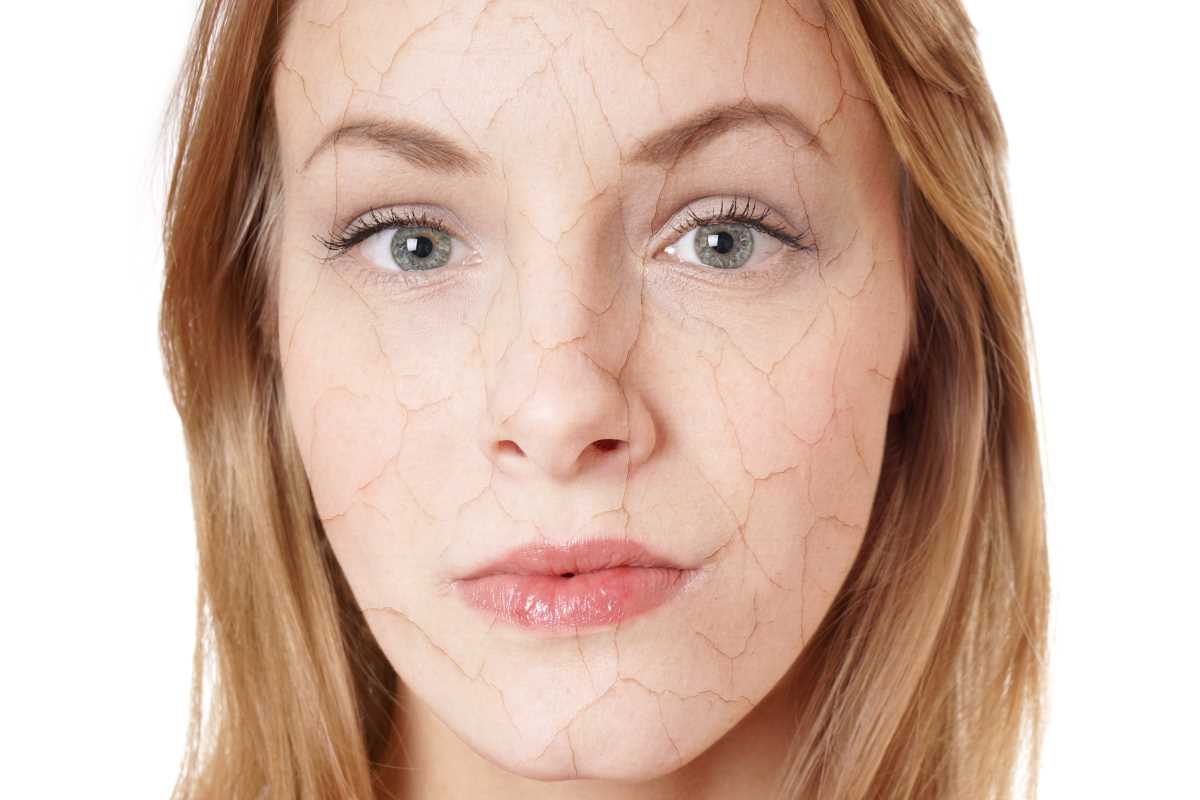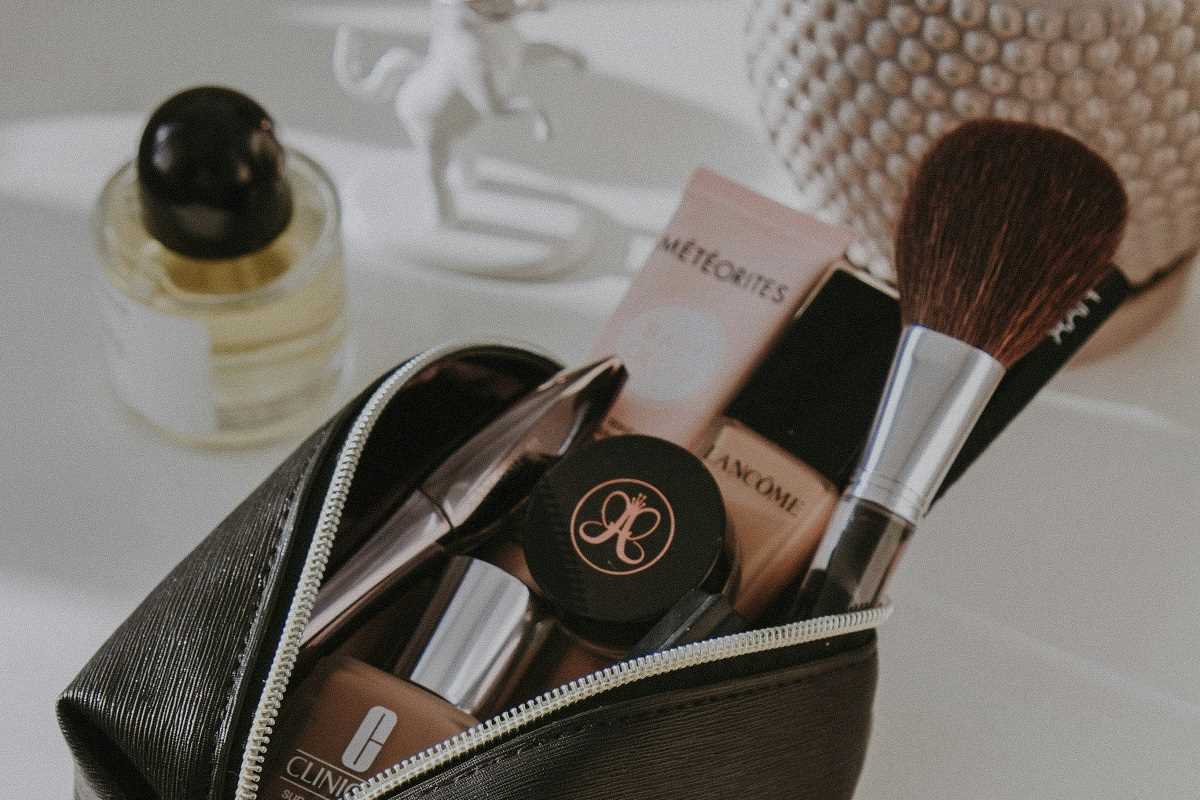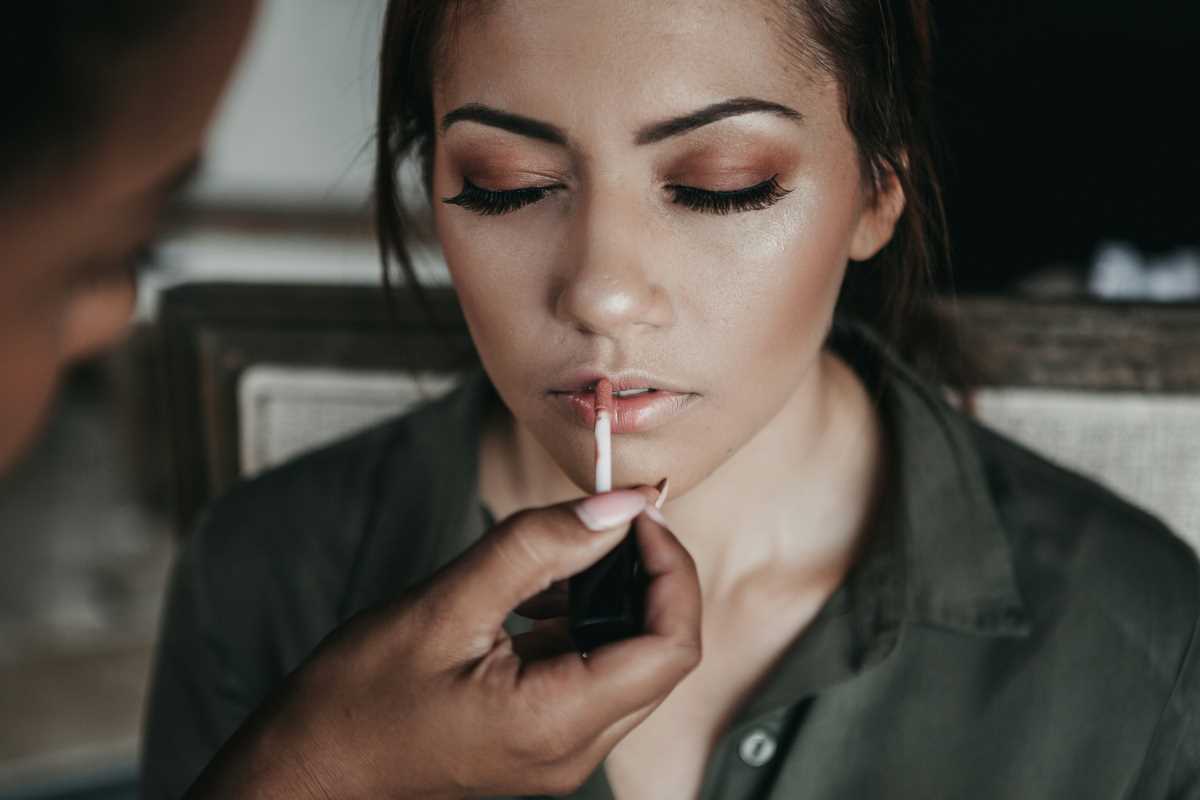Haircare can sometimes feel more like an art than a science, right? Between figuring out the perfect shampoo, how often to wash, and how to avoid split ends, there’s no shortage of advice coming from friends, family, and even strangers on the internet. But here’s the kicker—not all that advice is based on facts. Plenty of common haircare “rules” are just myths we’ve all been following without a second thought.
Ever heard someone say cutting your hair makes it grow faster or that air-drying is always better than blow-drying? You’re not alone. These myths have been circulating for years, and though they might sound logical, they’re not always true. Don’t worry though, we’re here to cut through the noise (pun intended) and debunk some of the most common haircare myths, so you can treat your hair like the royalty it is. Spoiler alert: You might need to rethink some part of your routine!
1. Cutting Your Hair Makes It Grow Faster
This one tends to top every list of misconceptions, and it’s easy to see why. It just sounds right. After all, when you cut back a plant, it seems to grow fuller, so wouldn’t the same rule apply to our hair? Not quite.
Hair grows from the follicles on your scalp, not from the ends. On average, hair grows about half an inch per month, no matter how often you get a trim. What regular trims do is prevent split ends from traveling up the hair shaft, which keeps your hair healthy and less prone to breakage. Healthy hair looks thicker and feels stronger, which might make it seem like it’s growing faster.
The Truth
Instead of focusing solely on trims, pay attention to your scalp. A healthy scalp leads to better hair growth. Use gentle scalp massages and products that promote follicle health, like oils or serums rich in nutrients.
2. You Should Brush Your Hair 100 Strokes a Day
Can you picture this one? Sitting in front of a mirror, brush in hand, meticulously counting out 100 strokes like it’s some sort of magical hair-growing ritual. Though it’s a popular belief, this myth dates back to a time when people didn’t wash their hair as often and used brushing to distribute natural oils from root to tip.
While brushing your hair is definitely an important part of your routine, overdoing it can actually cause more harm than good. Excessive brushing can lead to breakage, especially if you’re too rough or using the wrong kind of brush for your hair type.
The Truth
Brush your hair as needed to detangle and style, but aim for quality over quantity. Use a wide-tooth comb or a brush designed for your hair’s texture, and always start detangling from the ends and work your way up to minimize breakage.
3. Dandruff Means Your Scalp is Too Dry
If your scalp is flaky, the natural instinct might be to pile on the moisturizer and oils, assuming your skin just needs some hydration. But dandruff isn’t actually caused by dryness. It’s usually the result of an overgrowth of a yeast-like fungus called Malassezia. This fungus thrives in oily environments, which means dandruff is more likely linked to an oily scalp than a dry one.
The Truth
Skip the heavy oils and instead reach for an anti-dandruff shampoo with active ingredients like zinc pyrithione or ketoconazole. These help control the fungus and reduce flakes. If your scalp feels itchy, pair your shampoo with soothing treatments like tea tree oil for added relief.
4. Air-Drying is Always Better Than Blow-Drying
Air-drying seems like the healthier, low-maintenance approach, right? While it does eliminate the damage caused by heat, letting your hair air-dry all the time isn’t always the best choice. When your hair stays wet for a long time, it swells and becomes more fragile, making it prone to breakage.
This doesn’t mean you need to swear off air-drying altogether. The key is to avoid keeping your hair damp for hours on end and to make adjustments based on your hair’s needs.
The Truth
If you air-dry, gently towel-dry your hair first with a microfiber towel to avoid friction damage, and don’t leave your hair in a dripping wet state for too long. If you choose to blow-dry, use a heat protectant spray and keep the temperature low to medium.
5. Shampooing Less Makes Your Hair Healthier
Raise your hand if you’ve heard someone say, “Stop washing your hair so much, it’s ruining it!” The no-poo movement has gained a lot of traction, but this one’s a little more situational. While it’s true that overwashing can strip your hair’s natural oils, it’s definitely not a one-size-fits-all rule.
How often you need to shampoo depends on factors like your hair type, scalp condition, and how much oil your scalp produces. For example, someone with an oily scalp might need to shampoo daily, while someone with dry hair can go longer between washes.
The Truth
Instead of following a rigid schedule, listen to your scalp! If your hair feels greasy or your scalp gets itchy, it’s probably time for a wash. Use a sulfate-free shampoo if you’re worried about losing too much moisture.
6. Only People With Oily Hair Need Conditioner
This myth likely stems from the fear that conditioner will weigh your hair down or make it greasy. But here’s the thing: Conditioner is not just for adding moisture; it also helps smooth the hair cuticle and reduce friction, which means fewer tangles and less damage.
Even if you have fine or oily hair, conditioner should still be a part of your routine. You just need to choose the right one. Lightweight, volumizing conditioners are specifically designed for oil-prone hair types and provide hydration without the heaviness.
The Truth
No matter your hair type, find a conditioner that works for you, and remember to apply it mostly to the mid-lengths and ends, where your hair needs it most.
7. Gray Hair Grows Back Thicker if You Pluck It
Ever spotted a gray hair and immediately reached for the tweezers? But then you hesitated, thinking, “What if two more grow back in its place?” Spoiler alert: That’s not how it works. Plucking a gray hair doesn’t affect the follicle itself or the number of hairs that grow from it.
What can happen, however, is damage to the follicle over time, which might stop that hair from growing altogether.
The Truth
If you’re dealing with gray hairs, it’s better to leave them alone or trim them. Better yet, consider them a badge of honor and rock them with confidence!
Haircare That Works for You
At the end of the day, haircare is all about finding what works for you. Myths and half-truths can make it harder to figure out the best way to care for your hair, but a little knowledge goes a long way. Remember, not every tip out there is backed by science or tailored to your specific hair type.
Trust your gut, pay attention to how your hair responds, and don’t be afraid to experiment. Hair myths might be fun to debate, but the truth is what will keep your locks healthy and looking amazing. Now, go give your hair the TLC it deserves!
 (Image via
(Image via